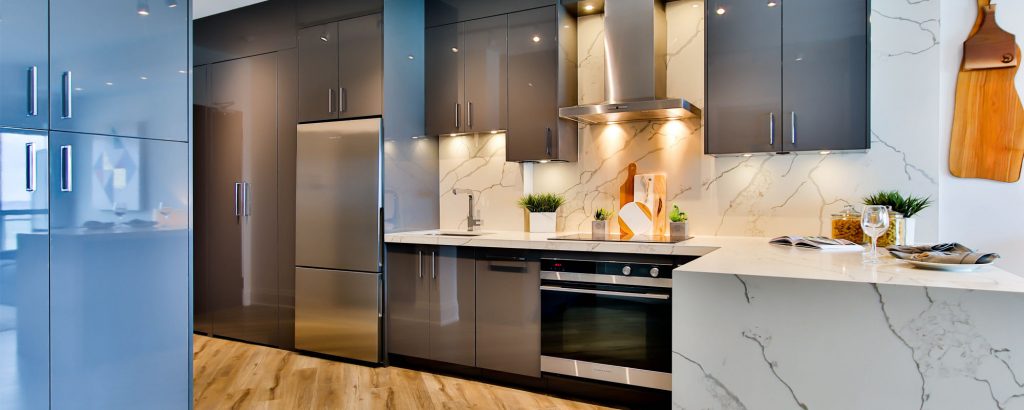
Whilst houses in multiple occupation (HMOs) are rental properties, they differ from normal buy-to-let investments in various ways. First and foremost, HMOs are inhabited by three or more unrelated tenants who have their own bedrooms and share the communal facilities. Standard buy-to-let properties, on the other hand, are rented to a single household. For example, a family, a couple or an individual.
Tenancy agreements, rental payments and utility bills
Tenants in HMOs pay separate rents and usually sign separate tenancy agreements. Joint contracts are sometimes preferred, though, such as with a preformed group of students. With a standard buy-to-let tenancy, one tenancy agreement is signed and one rental payment is made to the landlord each month. Generally, HMO landlords pay the utility bills while tenants in normal rented accommodation are responsible for the utility costs.
Ideal locations
Buy-to-let properties are popular in any area and suit any type of tenant. This includes working professionals, tenants claiming housing benefit, families and students. HMOs, on the other hand, are suited to specific areas. This is due to the types of tenants that require them and their needs. For example, HMOs are popular near universities to accommodate groups of students. They are also desirable in towns close to transport links and amenities for working professionals.
The benefits and drawbacks of HMOs vs standard buy-to-let properties
Houses in multiple occupation
As each tenant pays a separate rental amount in an HMO, this type of investment can be more lucrative for a landlord than a standard buy-to-let property. A higher overall amount can be collected each month that still benefits the landlord once the utility bills and general maintenance costs have been deducted.
The downside to HMOs is that they’re more work for a landlord with higher set-up costs and maintenance bills. Furniture is usually provided in HMOs and locks on the bedroom doors are required. Whilst landlords must adhere to health and safety regulations for all rental investments, the requirements for HMOs are more extensive. As the communal areas, such as kitchens, bathrooms and living rooms, are shared, the maintenance required can be more significant than with standard buy-to-let properties where the households usually take more care of their homes. Some HMO properties also require licences, adding to the set-up time and costs. Another factor to check before buying an HMO property is whether an Article 4 direction applies to the area the property is located in.
As well as that, landlords of HMOs have to check references and draw up contracts for each tenant. This is very time-consuming. All landlords are affected by void periods but HMOs tend to have more of these. An HMO property designed to accommodate students in Bexleyheath, for example, will likely remain empty over the summer period.
HMO mortgages
Mortgages for HMO properties are more complex than standard buy-to-let mortgages and fewer lenders offer them. The rates and fees charged by lenders are usually higher for HMO mortgages too. When considering investing in an HMO property, speak with your mortgage broker in Kent, London or Edinburgh for guidance on this specialist type of mortgage. Often, you’ll find that Welling and Pimlico mortgages of this nature are only offered via mortgage brokers rather than being advertised to the public. Your broker can search for the best deal available that you’d be unlikely to find if you approached a lender direct.
Standard buy-to-let properties
These rental investments are less time-consuming for landlords regarding the reference checks and tenancy agreements. Many buy-to-let properties are rented as unfurnished and there’s generally less wear and tear compared with HMO properties. The tenants are also responsible for the utility bills. All of these factors save landlords both time and money. However, the rental income collected from standard buy-to-let properties is often considerably lower than the income that can be achieved by renting a property on an HMO basis.
Buy-to-let mortgages
Buy-to-let mortgages are widely available and offered with competitive rates. They have more complicated criteria than standard residential mortgages but are not as complex as specialist HMO mortgages.
Speak with a mortgage specialist
Before deciding whether to proceed with a standard buy-to-let investment or buying a property for HMO purposes, get advice from your mortgage broker. They’ll ensure you understand the different mortgage criteria and legal requirements as well as the pros and cons of each type of investment.

